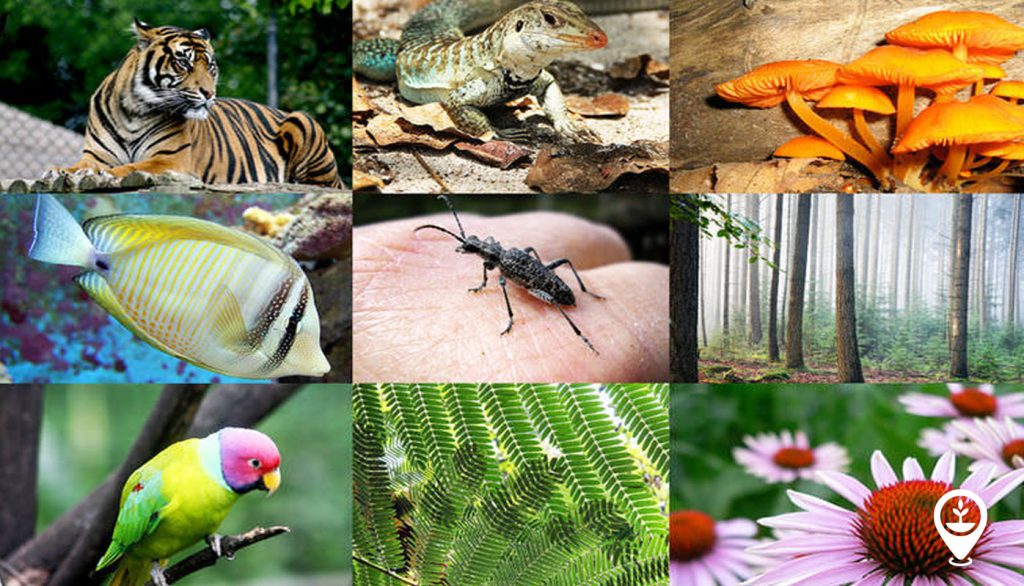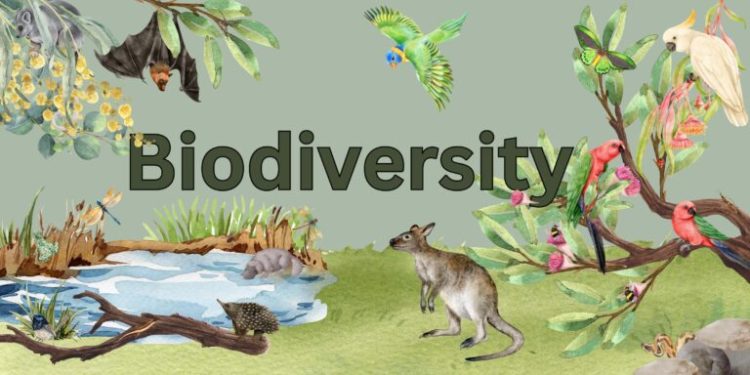Abstract
Biodiversity, the variety of life across genetic, species, and ecosystem levels, is fundamental to the health and resilience of the planet. It provides the foundation for ecosystem services—such as food, clean water, medicine, and climate regulation—that directly support human survival. Yet, biodiversity faces unprecedented threats from deforestation, overexploitation, pollution, climate change, and invasive species. This paper examines the importance of biodiversity in maintaining ecological stability and sustaining human well-being. It further explores case studies, identifies pressing challenges, and considers pathways toward conservation and sustainability.
Introduction
Biodiversity has been described as “the library of life.” It encapsulates the genetic blueprints of millions of species and the ecological networks that sustain Earth’s biosphere. When biodiversity declines, ecosystems lose resilience, and humanity faces profound risks.
This paper addresses two key questions:
- Why is biodiversity essential for ecosystem stability?
- How does biodiversity underpin human survival?
Section I: Understanding Biodiversity
1. Levels of Biodiversity
- Genetic diversity: Variation within species, enabling adaptation.
- Species diversity: The richness and abundance of different species.
- Ecosystem diversity: The range of habitats and ecological processes.
2. Ecosystem Services
- Provisioning services: Food, fresh water, fiber, and medicine.
- Regulating services: Climate control, flood prevention, and pollination.
- Supporting services: Nutrient cycling and soil formation.
- Cultural services: Aesthetic, spiritual, and recreational values.
Section II: Biodiversity and Ecosystem Stability
1. Resilience to Environmental Change
Biodiversity acts as an insurance policy. Diverse ecosystems recover faster from disturbances such as wildfires or storms.
2. Species Interactions
Pollinators, predators, and decomposers maintain ecological balance. The loss of one species can trigger cascading effects across food webs.
3. Case Study: Coral Reefs
Coral reefs, home to 25% of marine species, provide storm protection and livelihoods for millions. Coral bleaching caused by warming seas demonstrates how biodiversity loss destabilizes ecosystems.

Section III: Biodiversity and Human Survival
1. Food Security
Crop diversity guards against pests and diseases. Traditional varieties contain traits vital for resilience under climate change.
2. Medicine and Biotechnology
- 50% of modern medicines derive from natural compounds.
- Example: Penicillin from fungi; anticancer drugs from rainforest plants.
Loss of biodiversity narrows the pipeline of future cures.
3. Climate Regulation
Forests, wetlands, and oceans act as carbon sinks. Deforestation accelerates greenhouse gas emissions.
4. Cultural and Spiritual Dimensions
Indigenous knowledge and cultural practices are deeply rooted in local biodiversity. Loss of species erodes cultural heritage.
Section IV: Threats to Biodiversity
- Habitat destruction: Agriculture, urbanization, deforestation.
- Overexploitation: Overfishing and illegal wildlife trade.
- Pollution: Plastics, pesticides, and industrial waste.
- Climate change: Altered habitats and rising extinction rates.
- Invasive species: Non-native species displace local ecosystems.
Section V: Case Studies of Decline and Conservation
- Amazon Rainforest: Deforestation threatens biodiversity hotspots and global climate.
- African Elephants: Poaching decimated populations; conservation efforts show partial recovery.
- Pollinators: Bee declines endanger global agriculture.
- China’s Giant Panda: Conservation success demonstrates that targeted strategies work.
Section VI: Pathways to Protect Biodiversity
1. Policy and Governance
- Expansion of protected areas.
- Enforcement of international agreements (e.g., Convention on Biological Diversity).
2. Sustainable Development
Balancing economic growth with ecological protection. Promoting green infrastructure and circular economies.
3. Community Engagement
Empowering local communities and Indigenous peoples as stewards of biodiversity.
4. Scientific Innovation
- DNA barcoding for species monitoring.
- Biobanks to preserve genetic material.
- AI and remote sensing for conservation planning.
Conclusion
Biodiversity is not an optional luxury; it is the foundation of ecosystem stability and human survival. Its decline undermines food security, health, cultural identity, and planetary resilience. The path forward requires collective responsibility—integrating science, governance, and local stewardship. Protecting biodiversity is not only about saving other species but also about safeguarding humanity’s own future.
















































